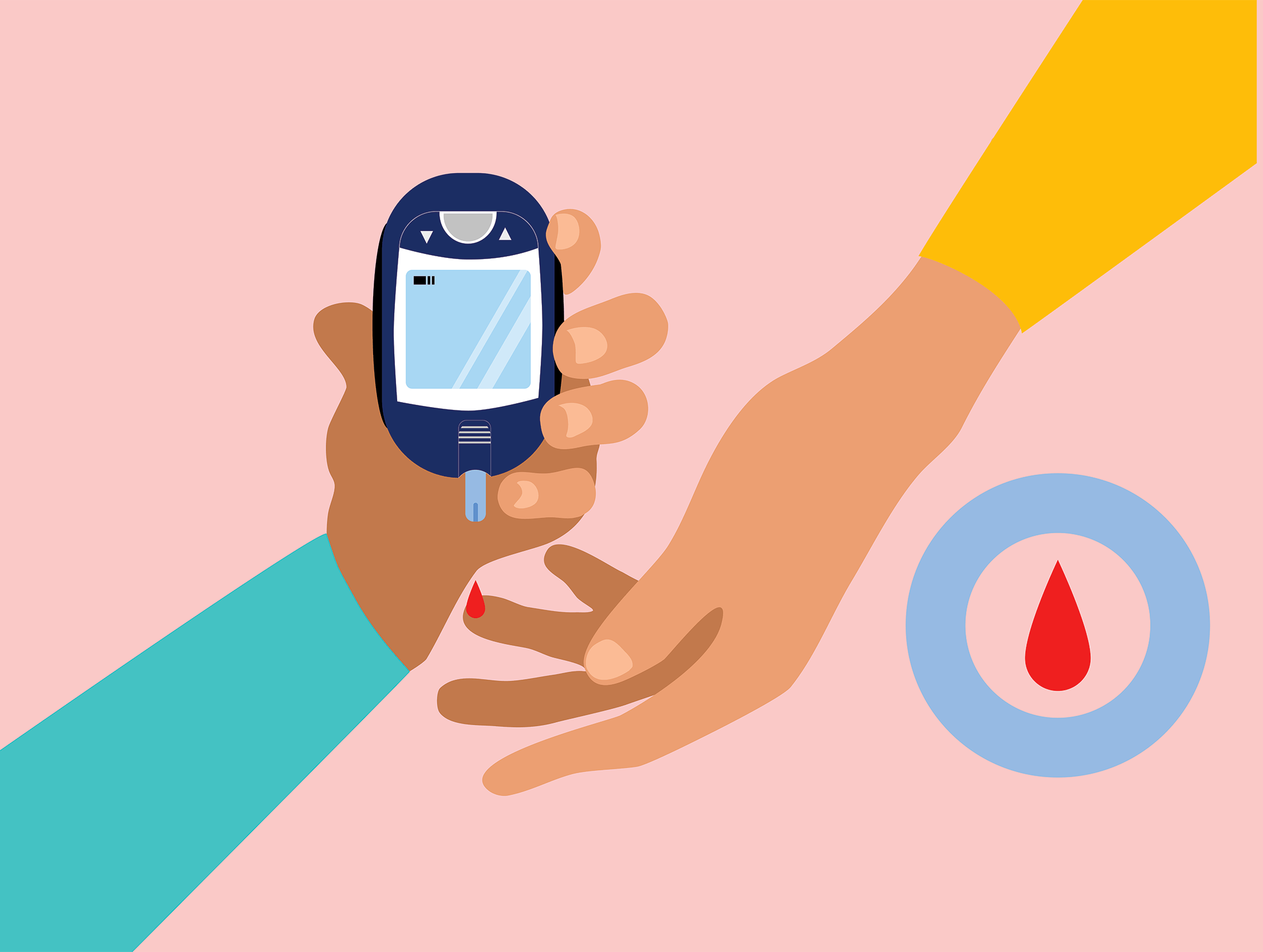Index Surge: Amplifying Your Insights
Stay updated with the latest trends and news across various industries.
Sweet but Complicated: Navigating Life with Diabetes
Discover the sweet yet complicated journey of living with diabetes—find tips, support, and inspiration to thrive every day!
Understanding the Glycemic Index: A Guide for Diabetics
The glycemic index (GI) is a valuable tool for managing diabetes, as it measures how quickly carbohydrates in food raise blood sugar levels. Foods with a high GI can cause rapid spikes in blood glucose, while those with a low GI lead to more gradual increases. For individuals with diabetes, understanding how to incorporate low GI foods into their diet can help maintain stable blood sugar levels. Some examples of low GI foods include whole grains, legumes, and most fruits and vegetables, making them ideal choices for a balanced diet.
When considering the glycemic index, it's important to remember that portion size also plays a crucial role in blood sugar management. To effectively incorporate GI into meal planning, one can follow these simple guidelines:
- Choose low GI foods for the majority of meals.
- Pair high GI foods with lower GI options to mitigate their impact on blood sugar.
- Monitor your body's response to various foods to identify personal sensitivities.

10 Tips for Managing Diabetes While Maintaining a Sweet Tooth
Managing diabetes doesn't mean you have to give up your favorite sweets entirely. In fact, with the right approach, you can enjoy treats in moderation without compromising your health. First and foremost, it's essential to monitor your blood sugar levels regularly. This will help you understand how different foods, especially sweet ones, affect your body. Consider portion control as a key tool; rather than having a whole dessert, indulge in a smaller serving. You can also look for diabetes-friendly alternatives that use natural sweeteners like stevia or monk fruit, which offer sweetness without the same blood sugar spikes as traditional sugar.
Another effective strategy is to incorporate sweets into balanced meals. For example, adding a small piece of dark chocolate after a healthy meal can satisfy your sweet tooth while keeping blood sugar levels stable. It's also helpful to pair sugary treats with sources of protein or fiber, such as nuts or yogurt, which can slow down the absorption of sugar. Lastly, don't forget to stay active; regular exercise can help manage blood sugar levels and improve insulin sensitivity. By following these 10 tips, you can maintain your passion for sweets while successfully managing diabetes.
What to Know About Carbohydrate Counting and Meal Planning
Carbohydrate counting is a valuable method for managing blood sugar levels, especially for those with diabetes. It involves tracking the number of carbohydrates consumed in your meals and snacks to maintain better control over your glucose levels. By understanding how different foods affect your body, you can make more informed choices that align with your dietary goals. To get started, familiarize yourself with various sources of carbohydrates, such as breads, fruits, and dairy products, and learn how to read nutrition labels effectively. This foundational knowledge will assist in your meal planning process, allowing you to allocate appropriate carbohydrate amounts to each meal.
Effective meal planning requires a balance of nutrients, including proteins, fats, and carbohydrates. A good strategy is to create a weekly meal plan that incorporates a variety of foods while keeping carbohydrate counts in mind. Consider using a food diary or digital app to help you log your meals, making it easier to calculate the total carbohydrates you consume. Additionally, keeping portion sizes in check is crucial; learning to measure serving sizes can lead to better adherence to your carbohydrate goals. Remember, consistent meal patterns can enhance your energy levels and overall well-being, making carbohydrate counting a fundamental aspect of a healthy lifestyle.